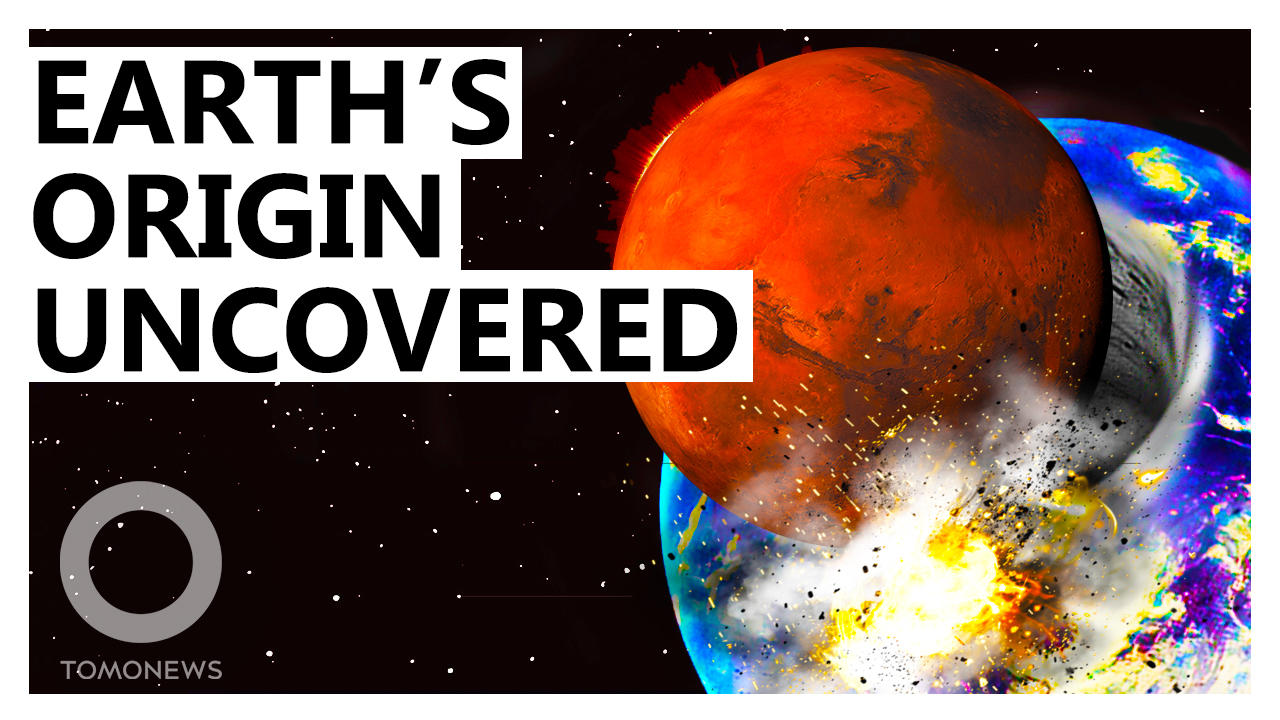
MUNSTER, GERMANY — The formation of Earth and Mars was likely generated by regular collisions between giant Moon-to-Mars-size rocks, rather than tiny pebbles clumping together, according to a new Science Advances study on Earth’s origin story.
Two options are generally put forward for how Earth and Mars were formed, with the more recent one suggesting the terrestrial planets may have formed by accreting millimeter-sized rocks which drifted towards the Sun from the outer solar system, dragged by the protoplanetary disk of gas and planetesimals that surrounded the Sun.
However, the new study found the classical model to be more likely, which involves collisions between Moon-to-Mars-sized ‘planetary embryos’ after the gas disk had dissipated.
Here, only four percent of both Earth and Mars was made up of materials from the outer solar system.
Scientists analyzed material from 17 meteorites originating from Mars and subsequently compared levels of titanium, zirconium and molybdenum isotopes from Mars and Earth with those of different groups of meteorites from the inner and outer solar system to reach their conclusion.
One of the study’s authors explained to Inverse.com that this version of events may account for Earth’s relatively small size compared to equivalent planets in other solar systems, because Jupiter may have also formed early on and blocked incoming material from fusing with the planetary embryos.
